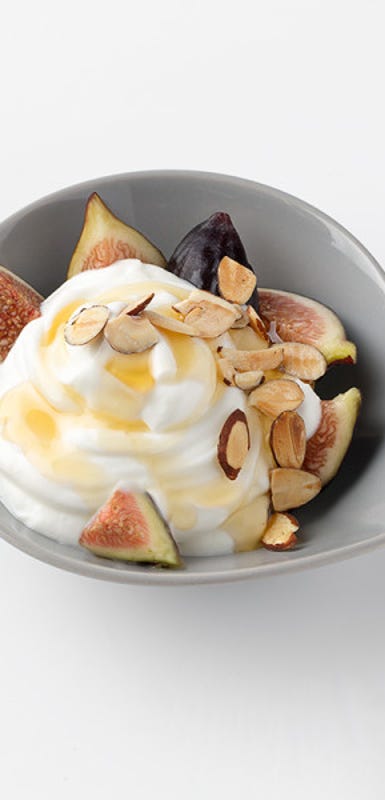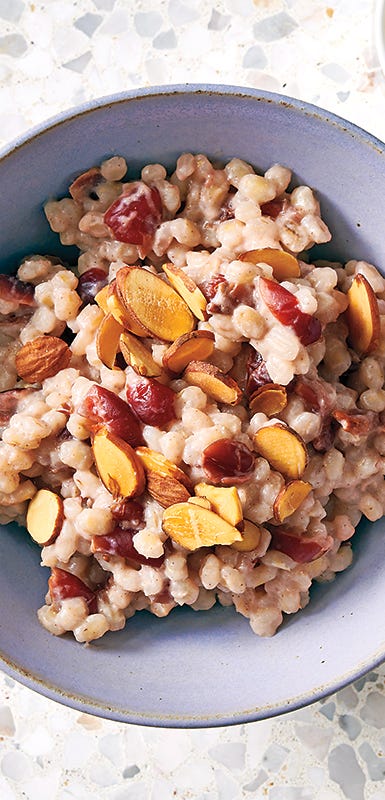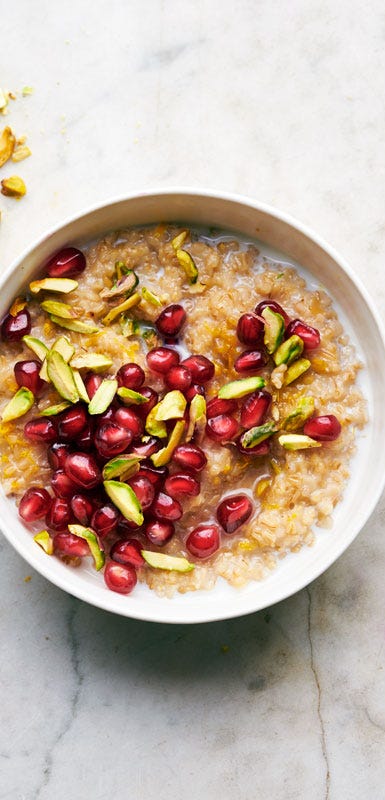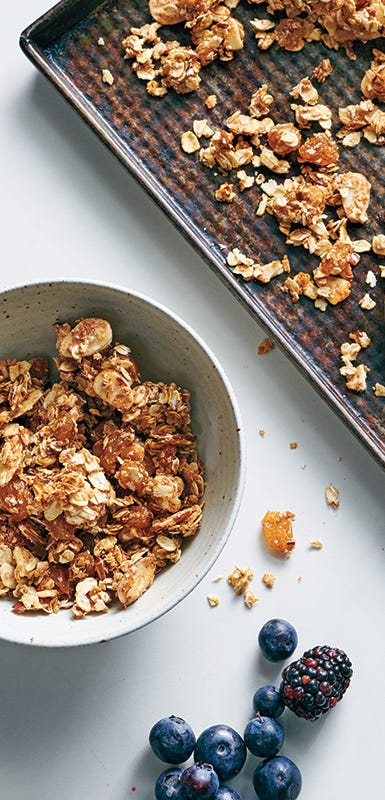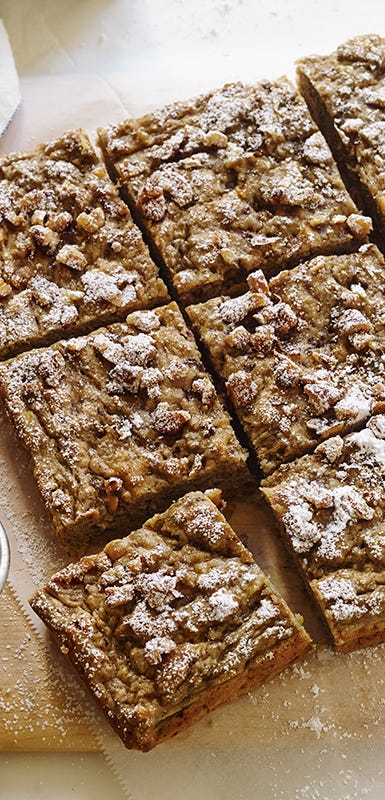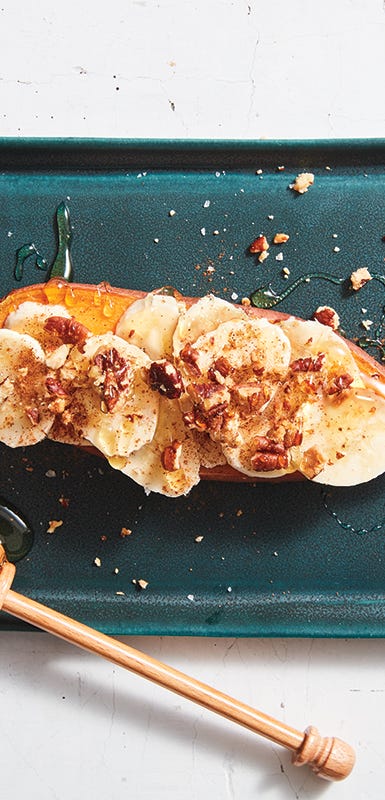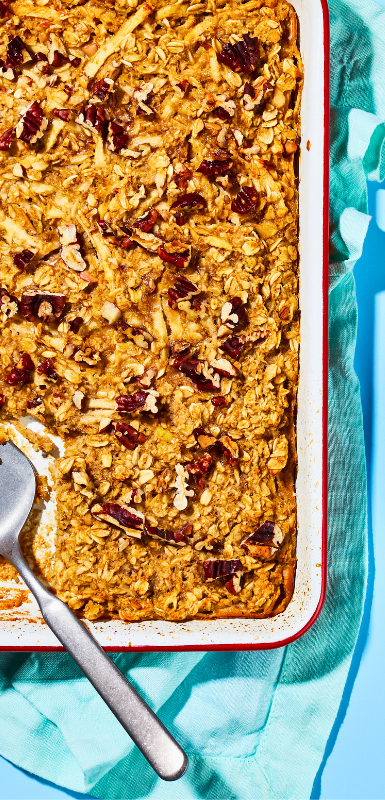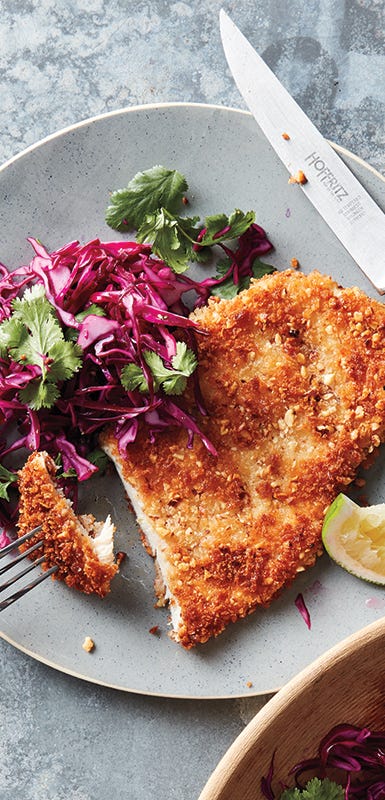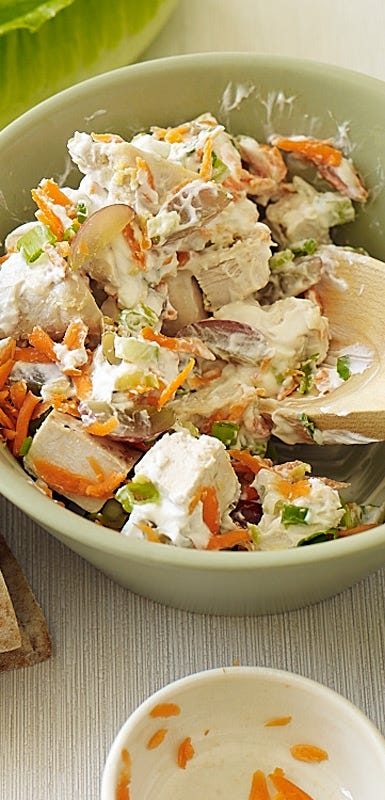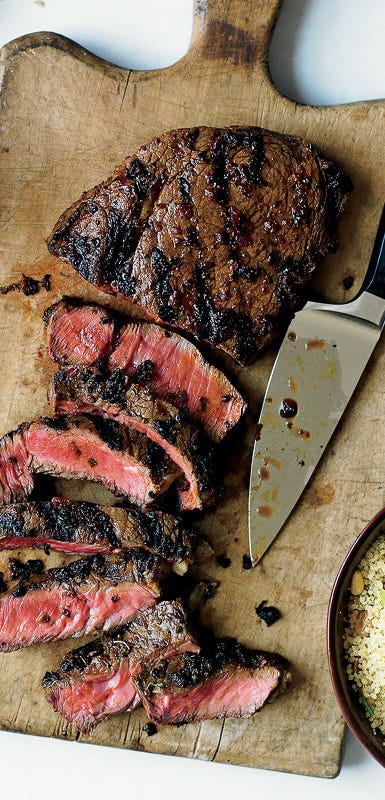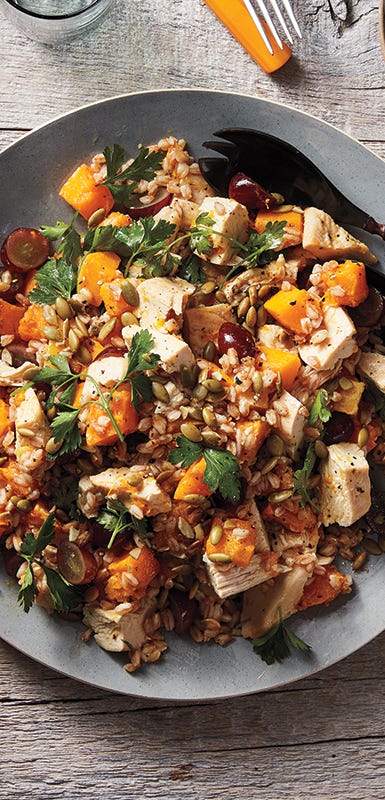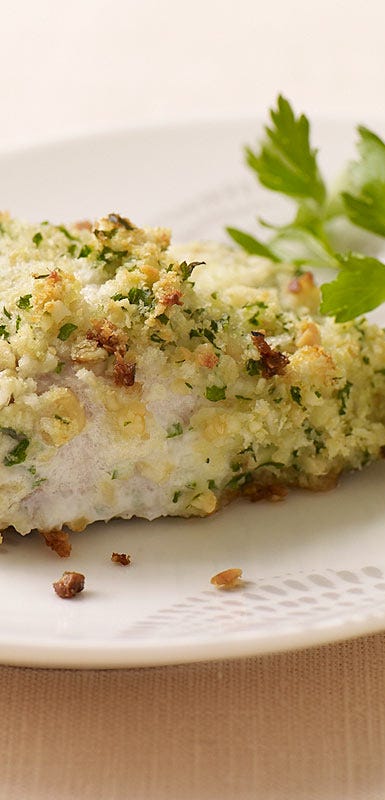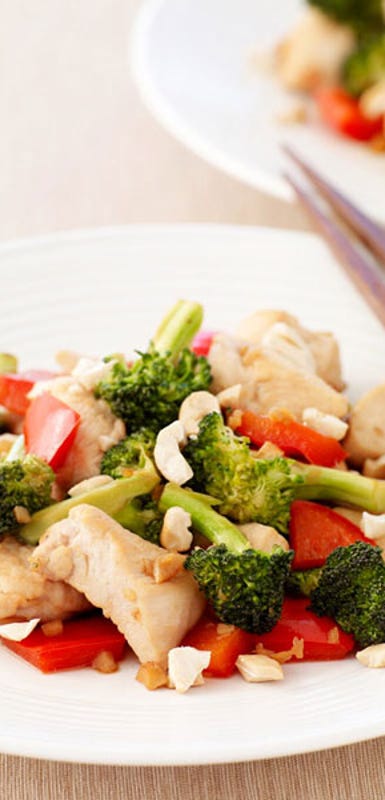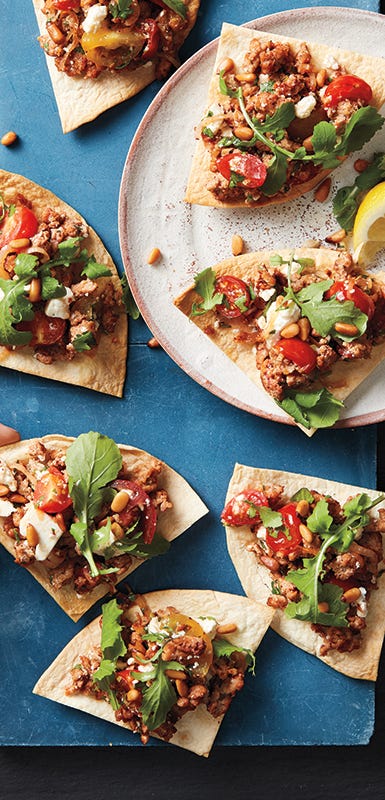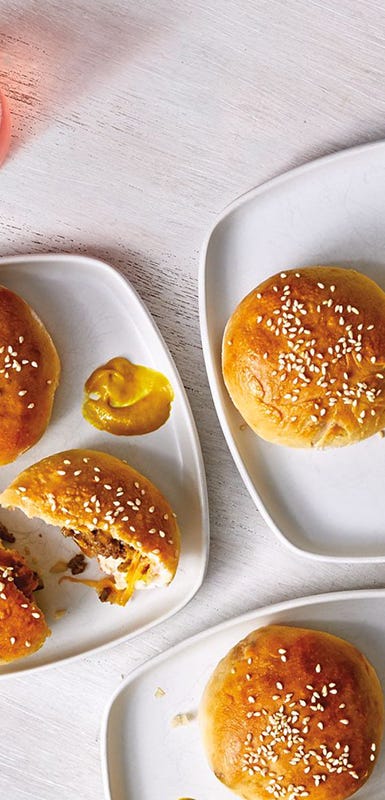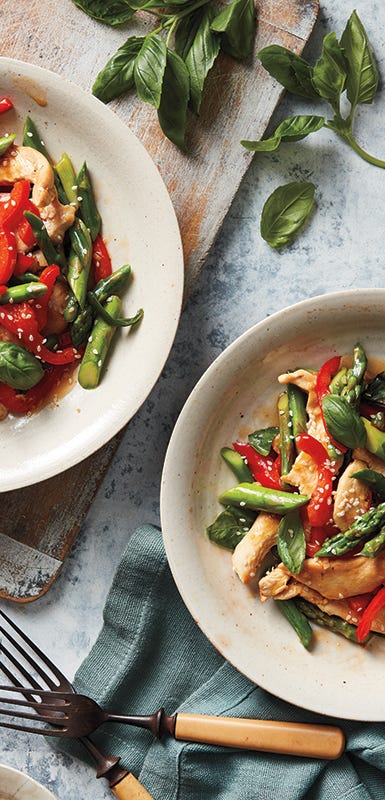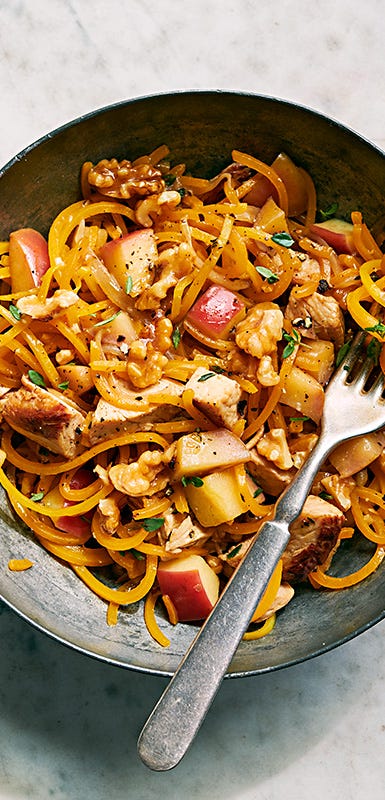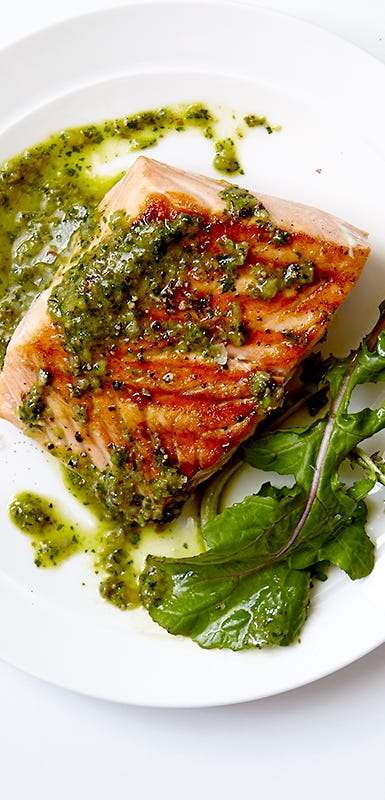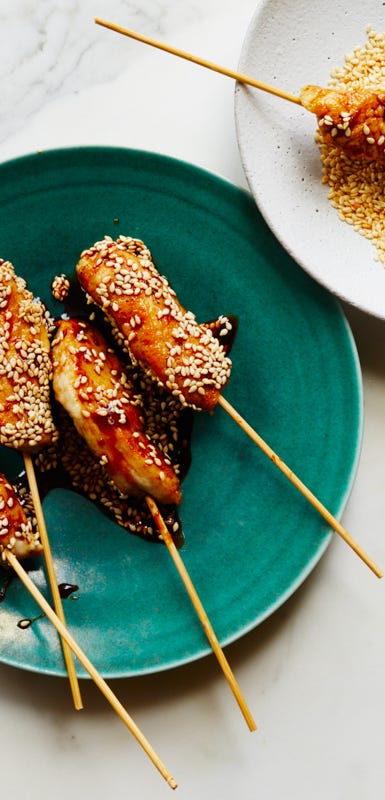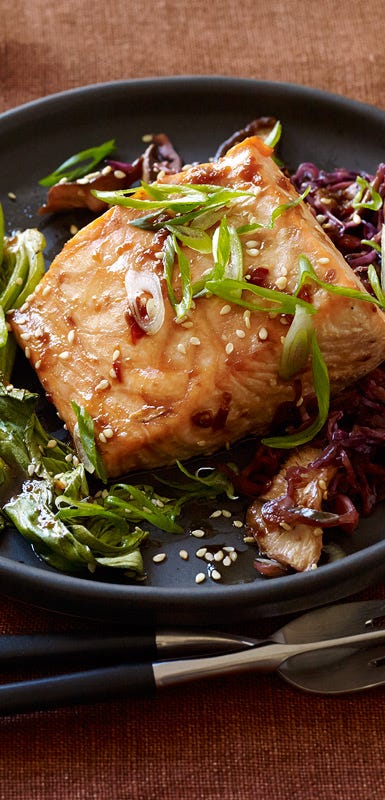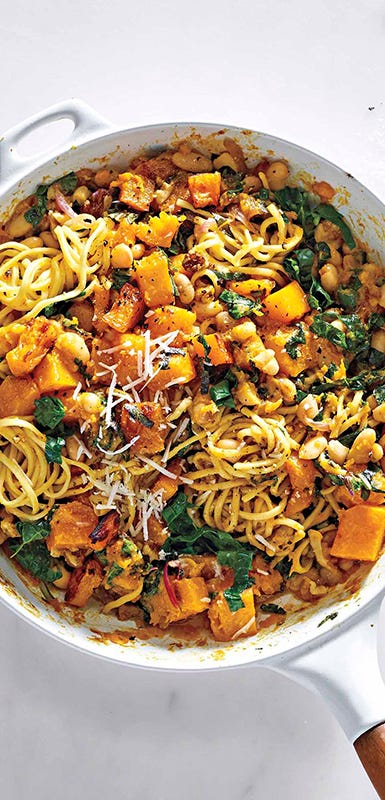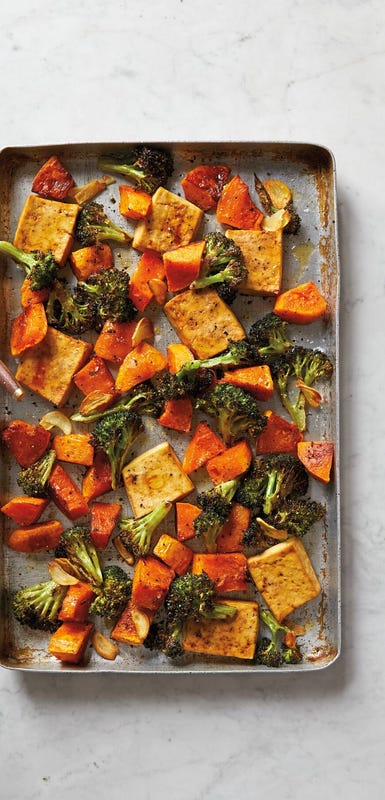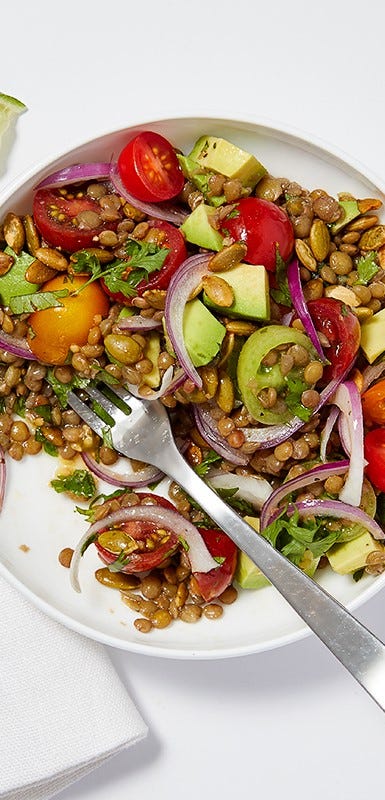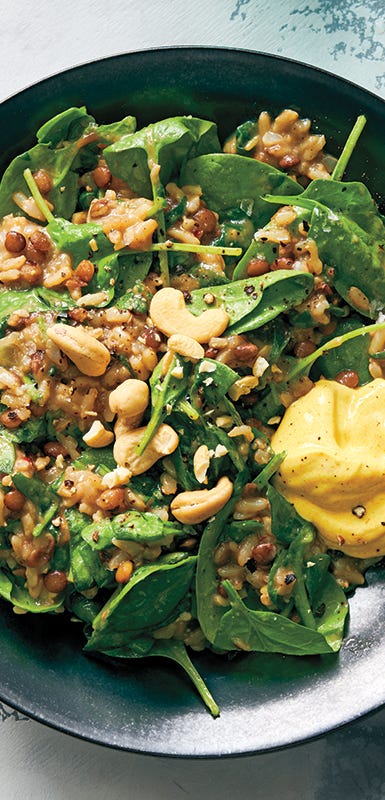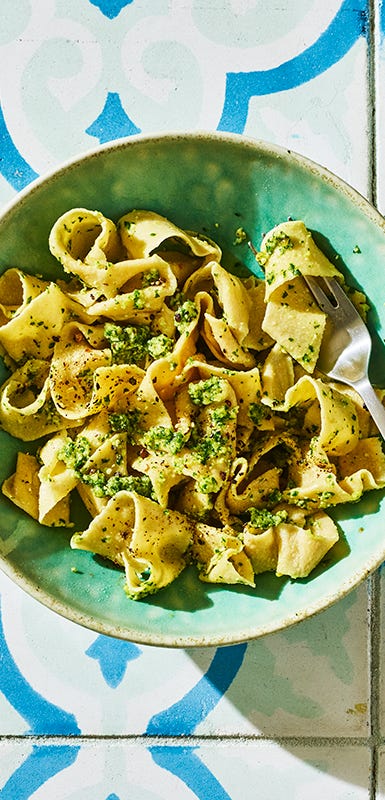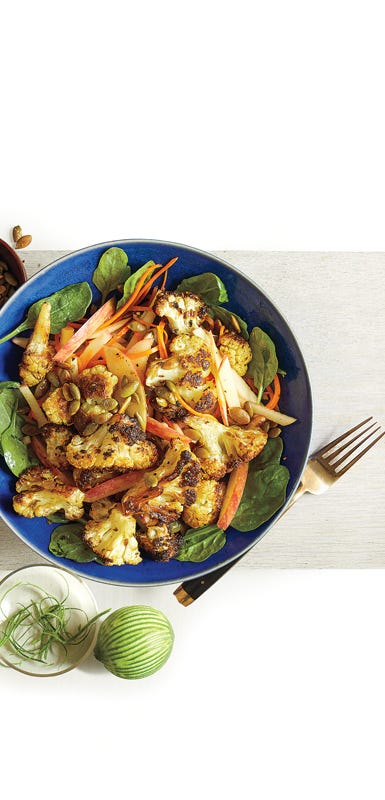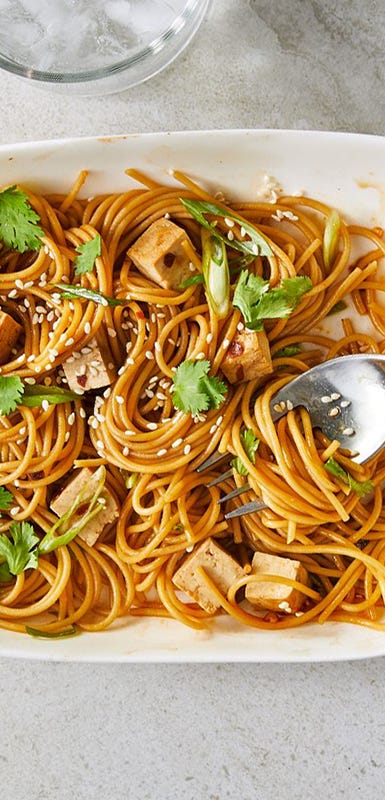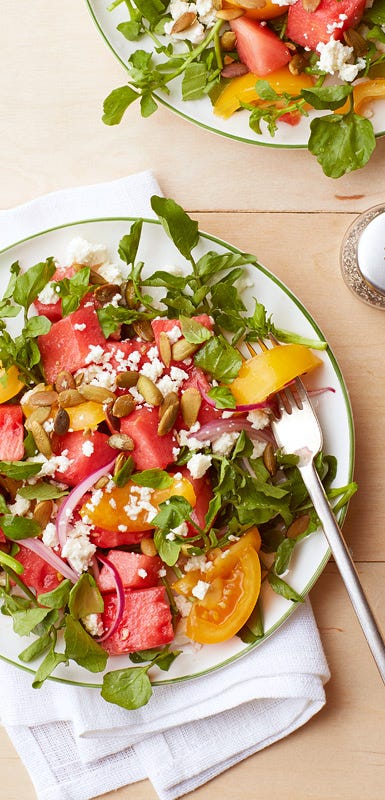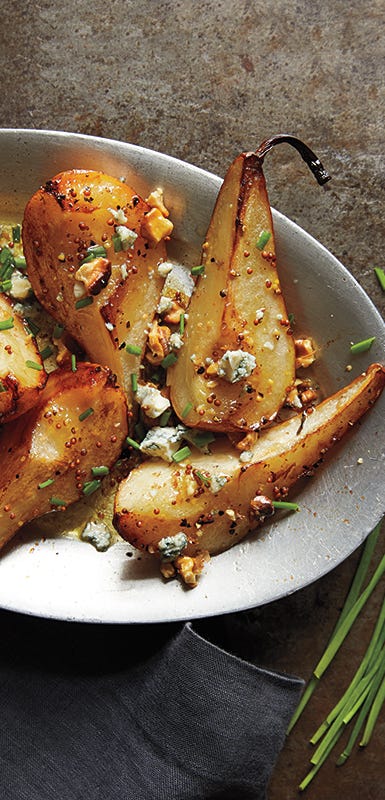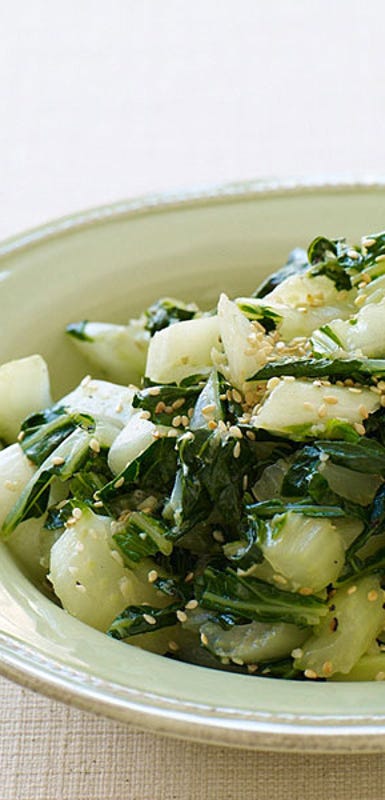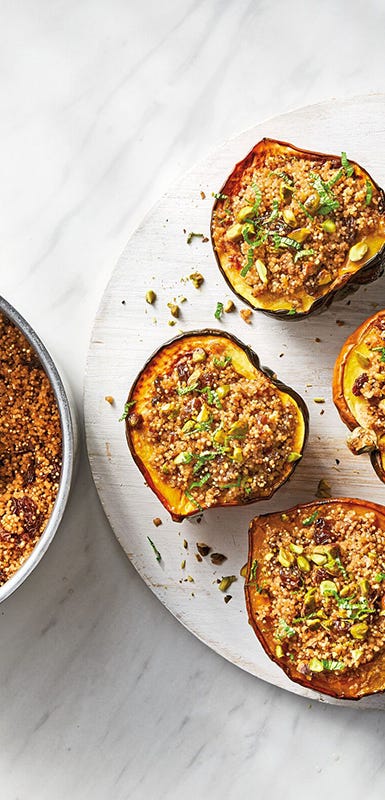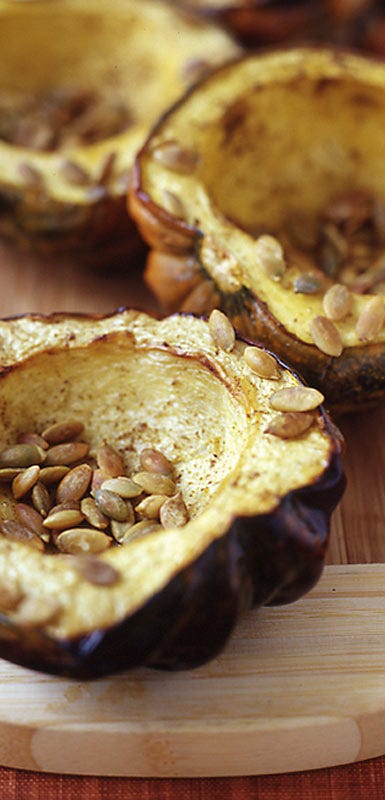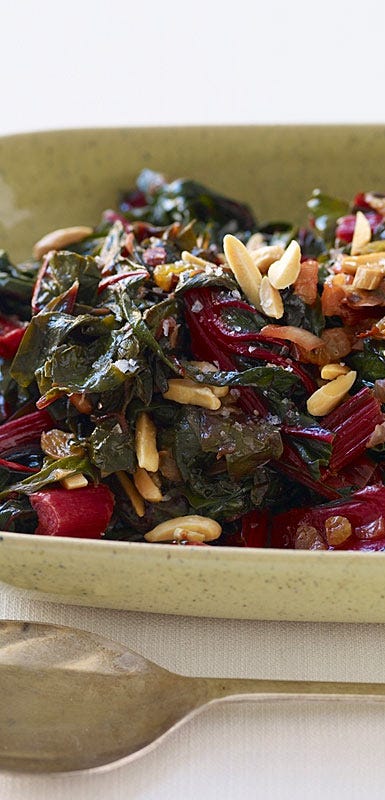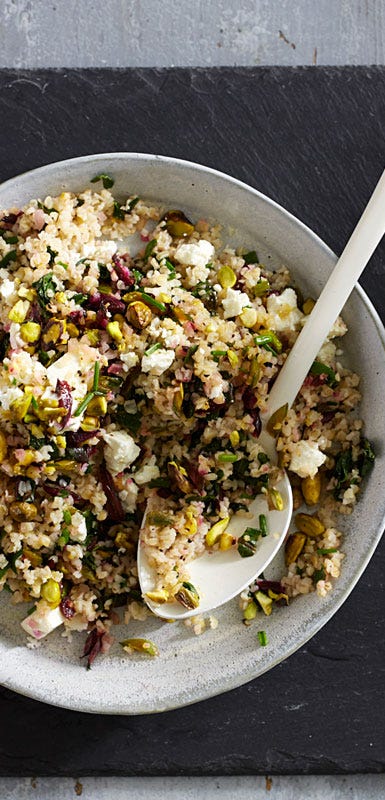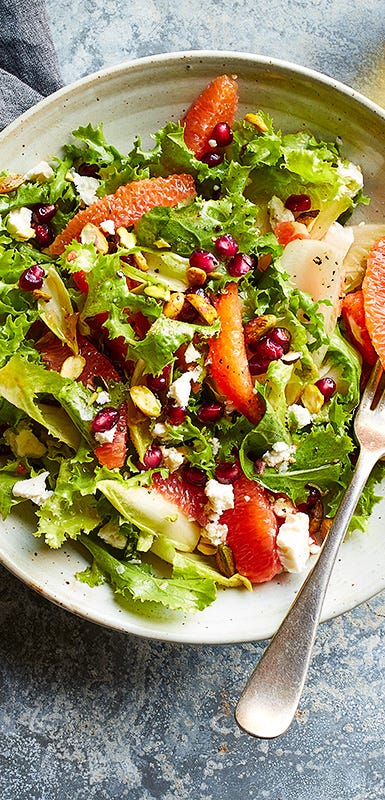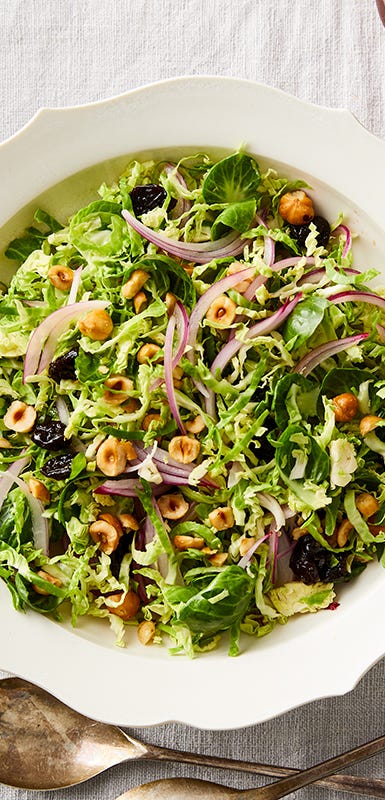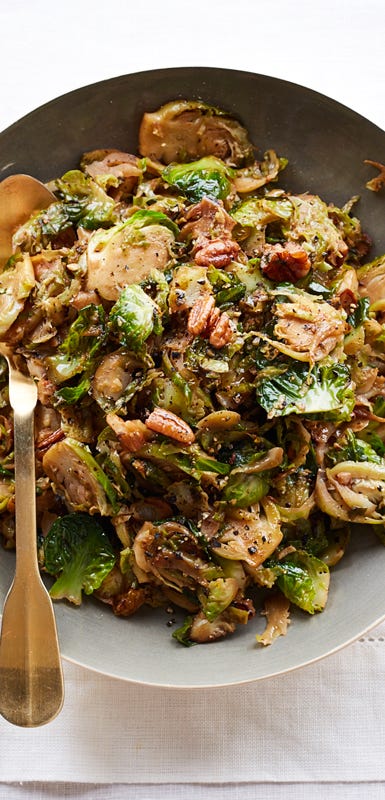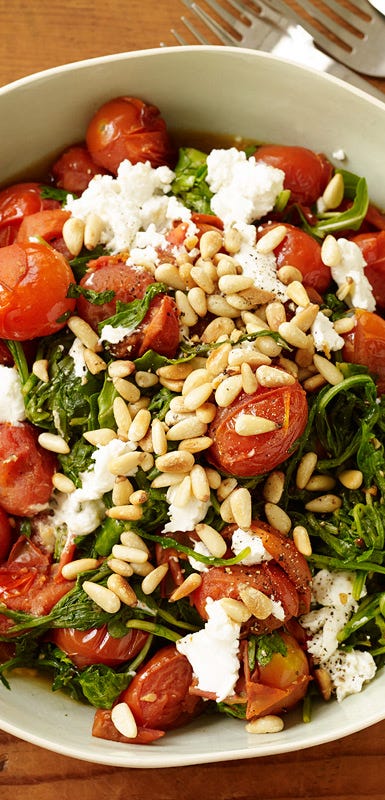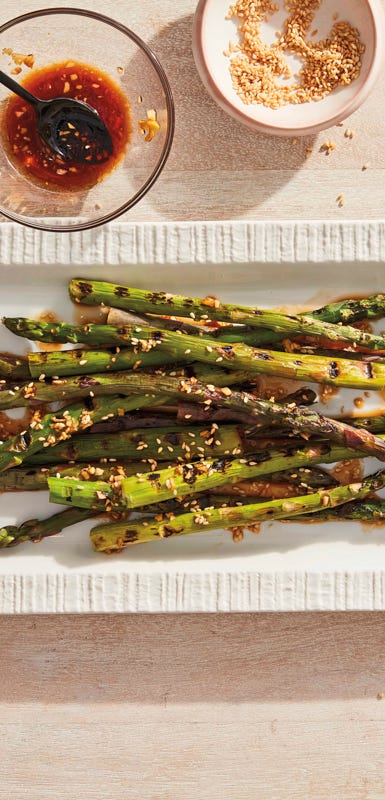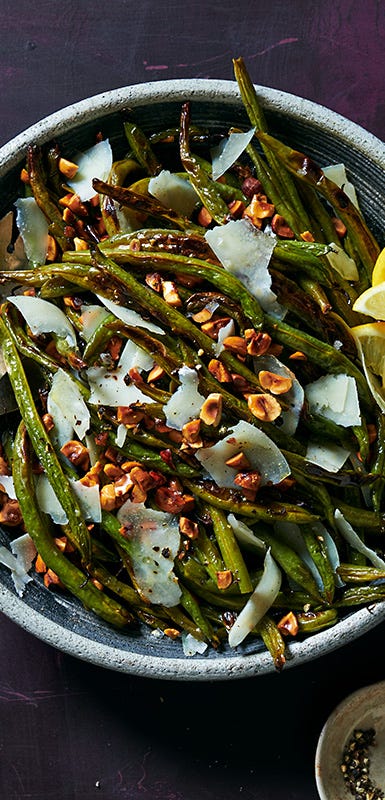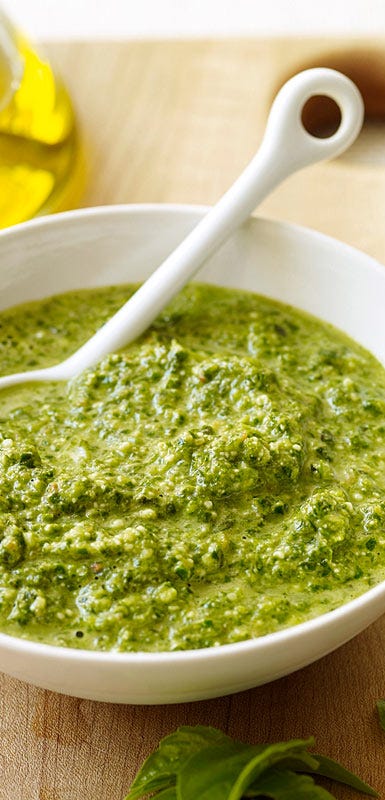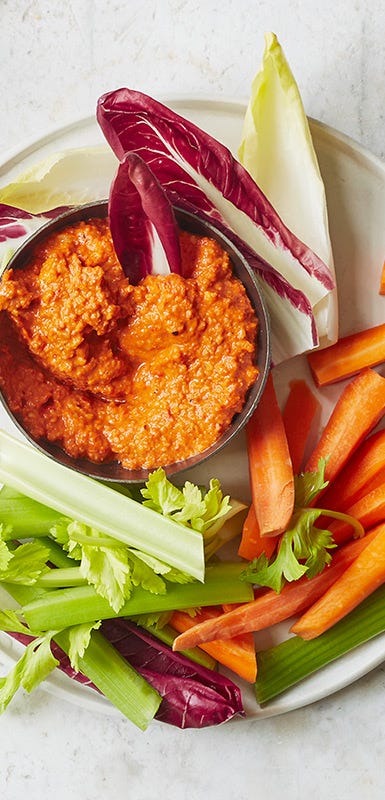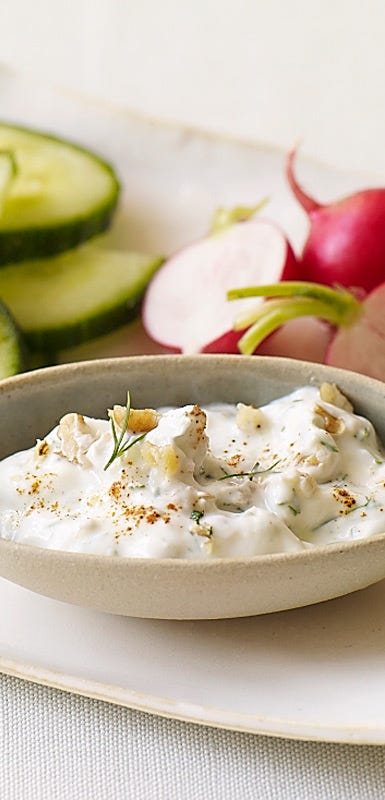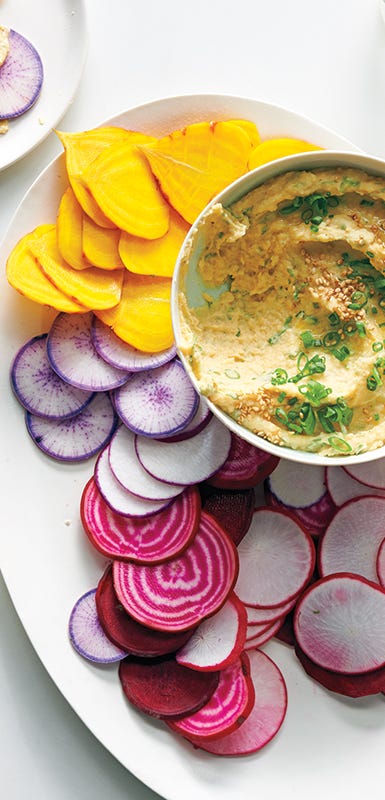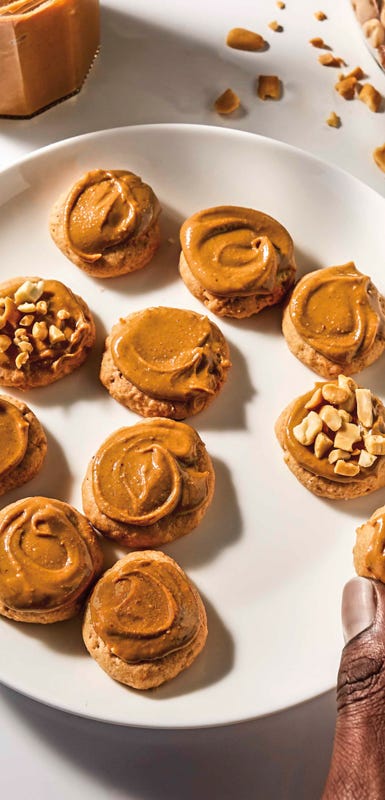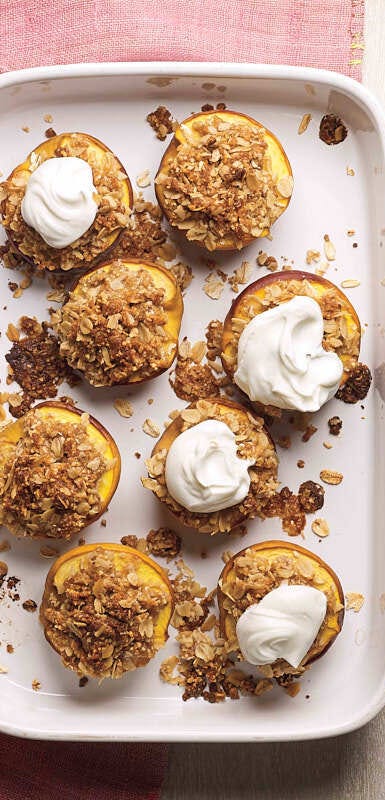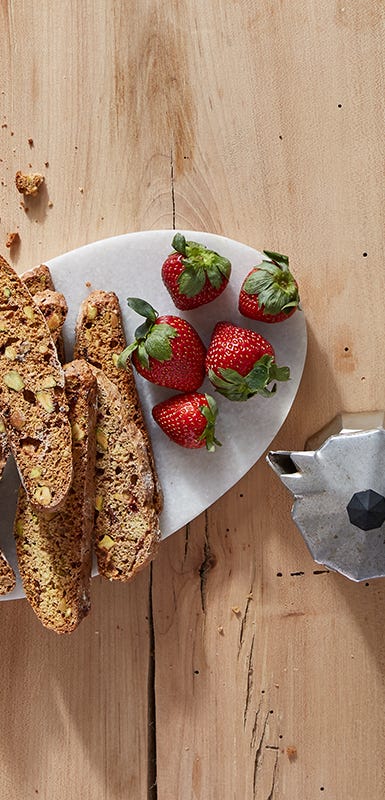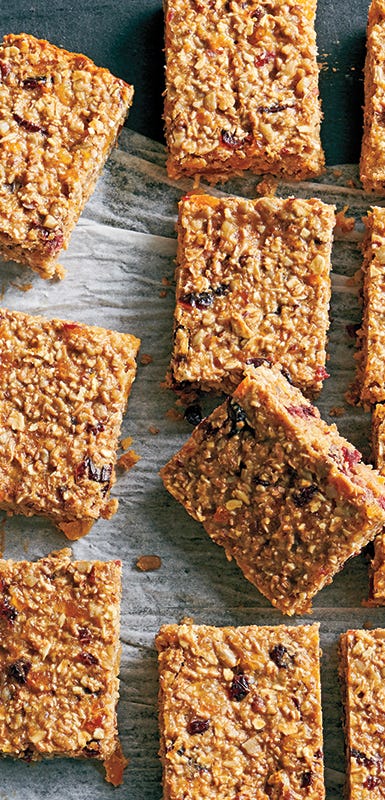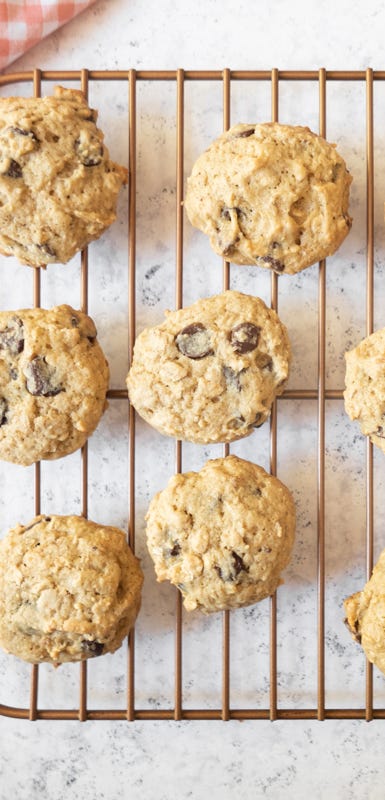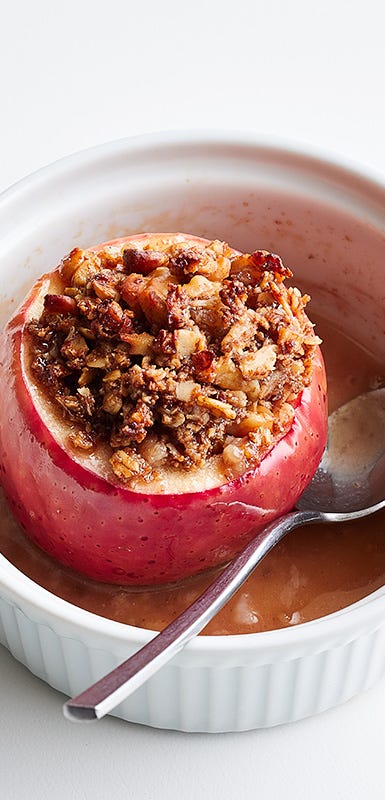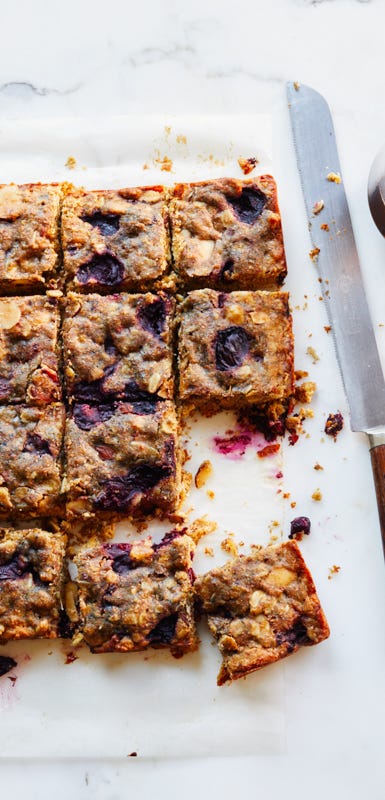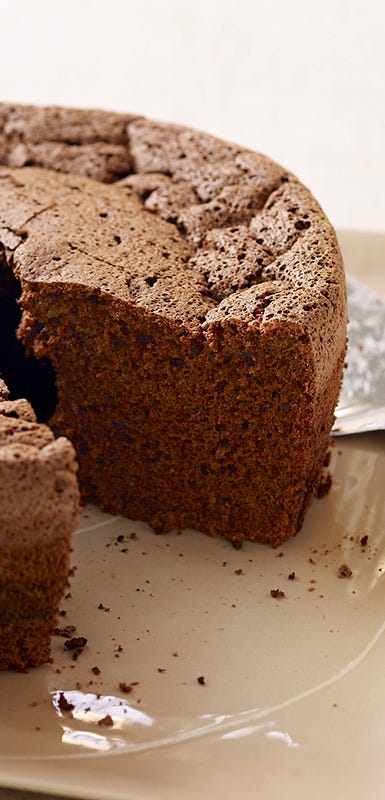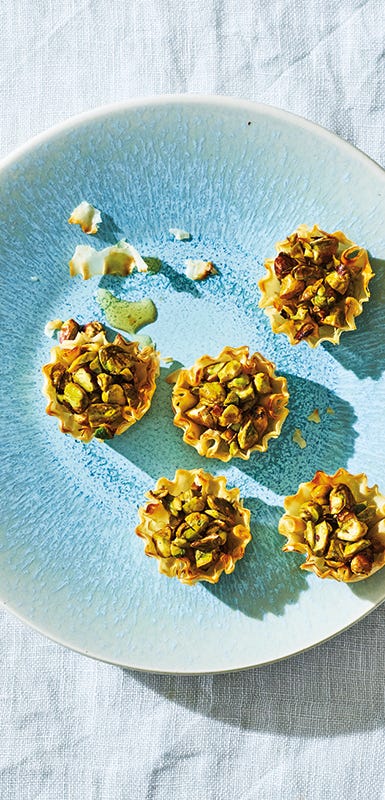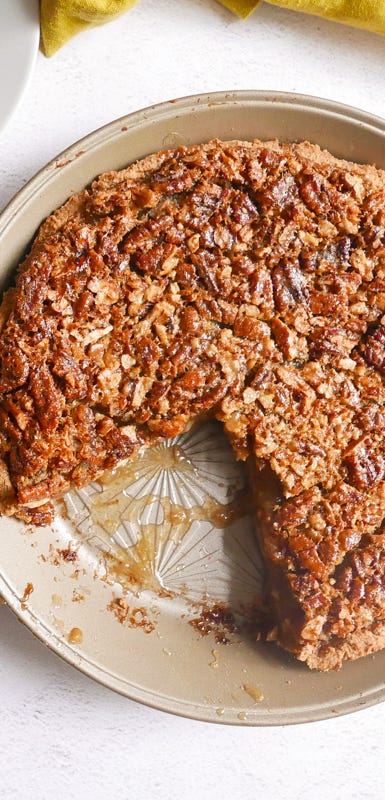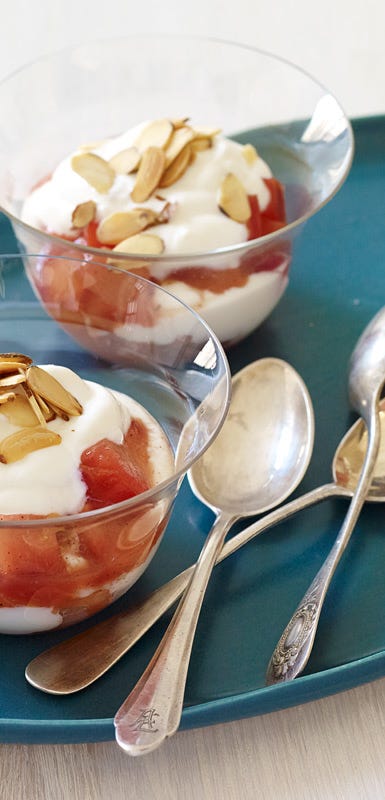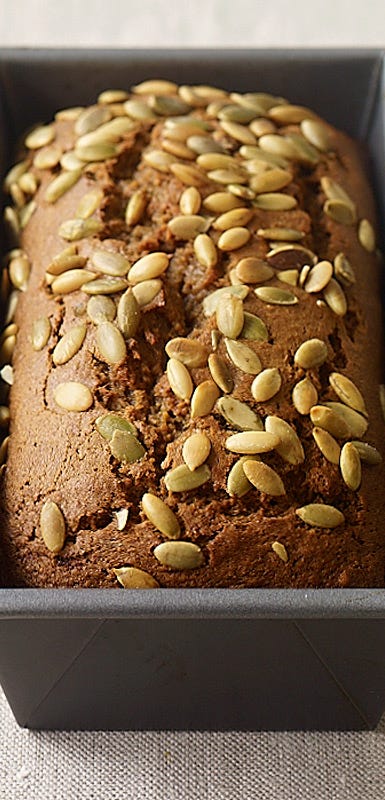Nuts and Seeds: Nutrition Guide and Recipe Collection
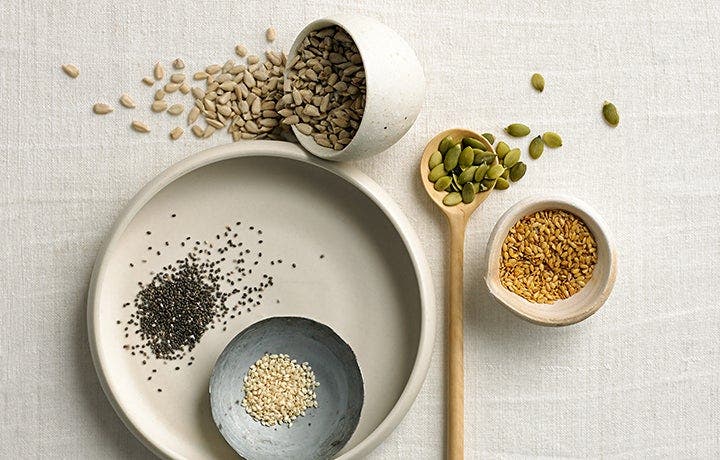
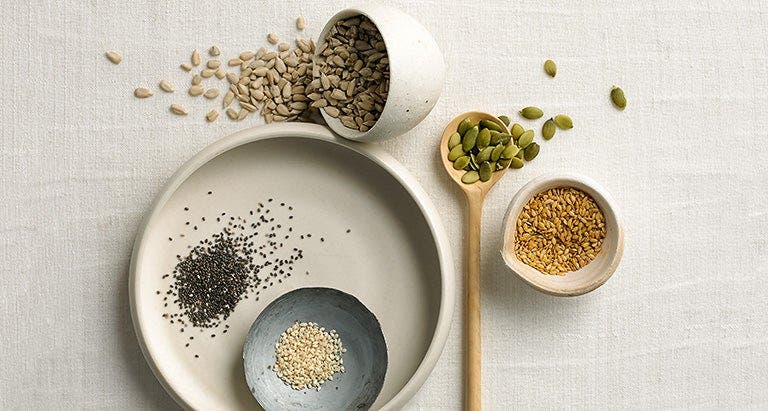
Great news, PB&J lovers: Nuts, seeds, and the fabulous butters made from them are packed with nutritious goodness that can support your wellness journey, WeightWatchers® Science Team says. These foods not only provide heart-healthy fats; each little bite offers a pop of plant-based protein. Some—including almonds, pistachios, and sunflower seeds—even deliver a dose of fiber. To help you learn more about the health benefits of nuts and seeds, we offer the following non-exhaustive guide to some WW member faves, along with more than 50 (!) nut and seed recipes to add to your menu.
Tips for enjoying nuts and seeds
- Shopping for nuts and seeds: When grocery shopping, look for nuts without blemishes or discoloration. If they're in shells, give ’em a shake and skip any that rattle, which could mean the nuts have dried out and lost their flavor. Many supermarkets stock a variety of nuts, seeds, and nut butters, and some products may contain added oils, salt, or sugar. Try using the barcode scanner in the WW app to compare choices and determine which make sense for your preferences and Budget.
- Storing nuts and seeds: These foods tend to keep best in cool, dark, dry conditions—heat, sunlight, and moisture can turn their oils rancid more quickly. Try stashing nuts and seeds in an airtight container in your fridge or freezer, and they’ll likely keep for at least a few months.
- Toasting nuts and seeds: Toasting nuts and seeds for 5–10 minutes deepens their flavor and creates a satisfying crunch. Two ways to do it: Spread nuts or seeds in a single layer on a sheet pan and roast in the center rack of an oven at 350°F. Or, heat a dry skillet over medium heat, add nuts or seeds in a single layer, and toast, tossing regularly, until fragrant and golden.
- Snacking on nuts and seeds: Since many varieties are energy-dense in addition to being delicious, you may wish to pre-portion one serving at a time rather than munching absentmindedly. Trust us: A bowl of cashews can disappear quickly.
- Using nut oils: Extracted from walnuts, almonds, and other nuts, nut oils are great for imparting complex flavor to recipes. Note that some, such as walnut oil, have a low smoke point and may not be ideal for stovetop cooking. Try incorporating nut oils in baked goods, whisking them into dressings, and buzzing them with fresh herbs in a homemade pesto. Or, just drizzle straight onto a finished dish like pizza. Mmm.
Nutrition guide to nuts and seeds
No nut or seed is inherently better than another—each has a unique nutrient profile that can support your wellbeing. Learn more about some WW member favorites below.
 | Almond
| |||
 | Cashew
| |||
 | Hazelnut
| |||
 | Peanut
| |||
 | Pecan
| |||
 | Walnut
| |||
 | Pine nut
| |||
 | Pistachio
| |||
 | Pumpkin seed
| |||
 | Sesame seed
| |||
 |
56 nut and seed recipes for every meal of the day
Meat, fish, and poultry mains
Meatless plant-based mains
Salads and sides
Desserts
--
This article was reviewed for accuracy in July 2021 by Angela Goscilo, MS, RD, CDN, manager of nutrition. The WW Science Team is a dedicated group of experts who ensure all our solutions are rooted in the best possible research.

